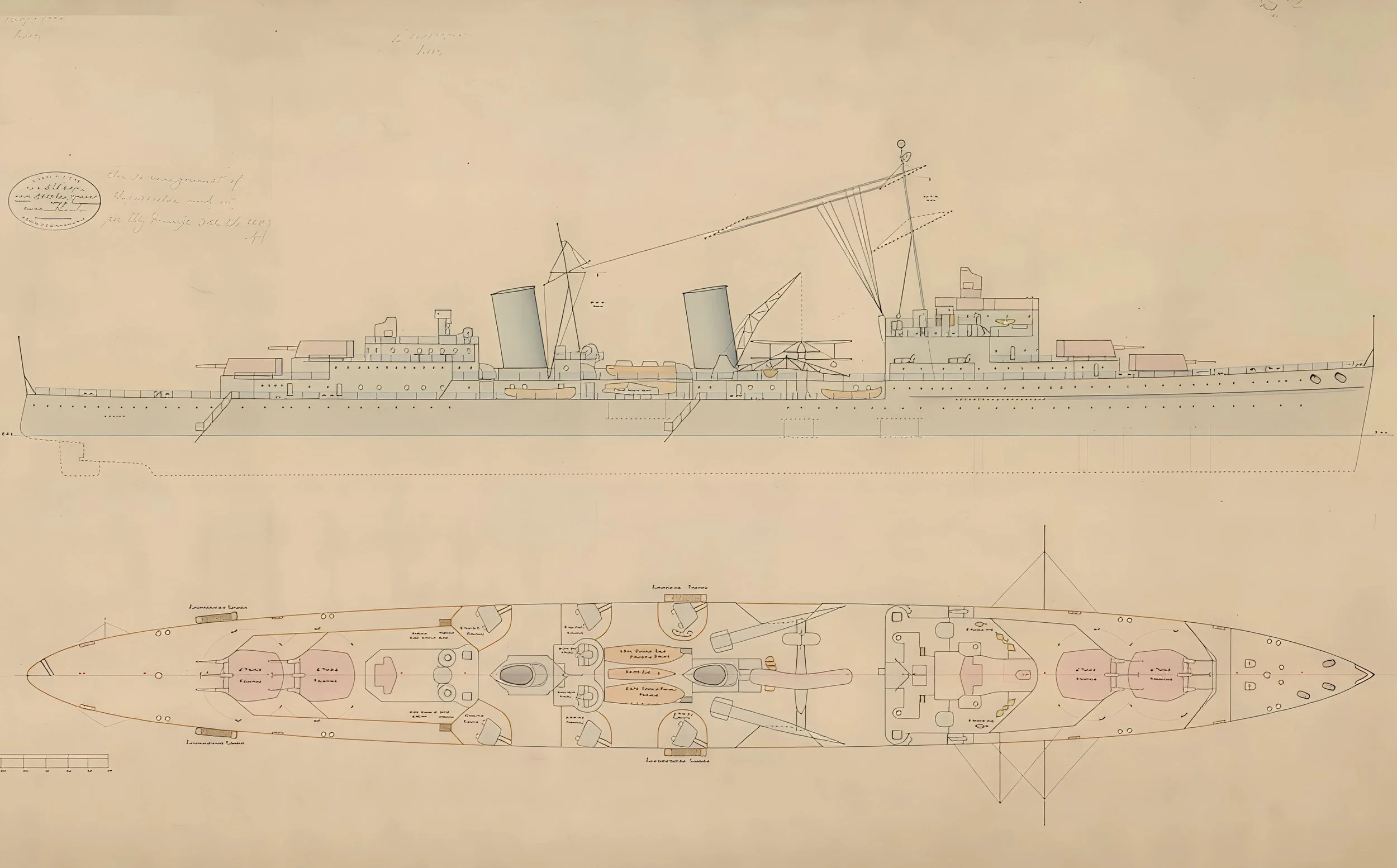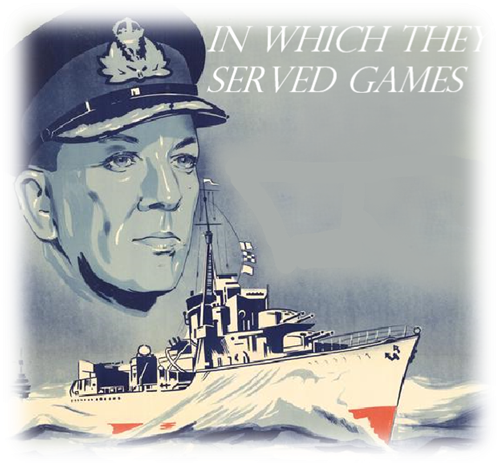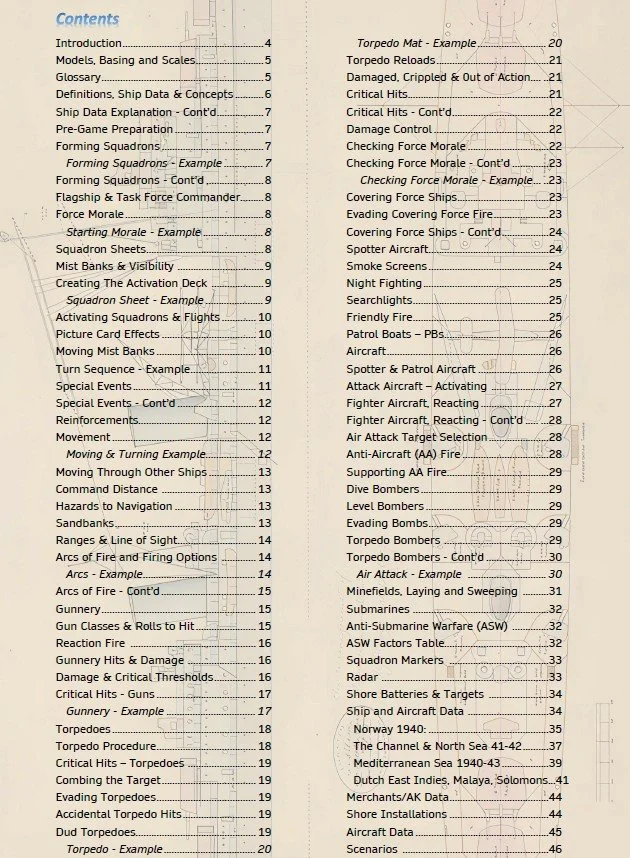
WHAT IS …
SNORKERS!
(Good Oh!)
Whats’s what in the exciting, fast-paced WW2 naval wargames ruleset…
A game of ‘Snorkers!’ (Good Oh!’)
Players pick on of the scenarios provided or just set up for a bash.
Ships are are assigned to squadrons and squadron cards completed (optional).
A morale value for the force is calculated - as naval forces no more fight to the death than armies do… Commanders and their quality affect this value.
Players create an activation deck from a standard playing card deck, this can be tuned to actual force capabilities.
The players turnover the first card and active a squadron as allowed by the card.
That squadron moves and turns as it wished using the template provided, placing a marker if moving at ‘full ahead’ as that will affect gunnery.
That squadron then shoots: gunnery is partially abstracted based on a ship firing several rounds and the cumulative effect of that fire, direct hits and bracketing (no penetration tables here…).
A ship has number of D6 from each of its forward , stern and secondary/AA batteries, each battery being an amalgamation of the turrets or mounts , forward, astern or the AA suite.
Gunnery modifiers add or decrease the number of dice rolled, the ‘to hit’ score is always the same.
The ‘mist bank’ mechanic (call them squalls, shimmers, whatever) create blocks to line of sight and some tactical issues. Also a place for dastardly E-boats to lurk…
You need a number of hits to cross a threshold to damage a ship, more hits to cause a critical test that can cause more damage and special effects. The ‘exploding 6 ‘ mechanism allows even a lowly corvette to get lucky vs a cruisier… up to a point…!
Torpedoes are hard to hit with but can be devastating… the Snorkers! Good Oh! model is based on multiple torpedo spreads increase the chance of one or two being in the right place. Process is described as ‘tense’ by play testers… Evading, dud German/USN torps and the Long lance are all catered for…
One of those squadron activations might be used to bring in attack aircraft. Airpower can be deadly but is not perfect, and may not attack exactly the target you want… the actual process of AA fire, CAP fighters and bomber attacks mirror the surface gunnery and torpedoes process so easy to remember…
Or that activation may be for a ‘covering force’ ship, possibly with a spotter aircraft (we all love a Walrus…yes?) , and off table potential ‘act of god’ heavy cruiser or battleship, using same process.
But the heavies can also be played on table and with night fight rules to get it all messy off Guadalcanal.
When the deck is used up, it is shuffled and this is the ‘end of turn’: mist banks may move, smoke screens disperse , the IJN might reload their torpedoes (uh oh..). Force morale is also tested and if failed a force may lose activation cards or have to withdraw.
Turning up the joker in the deck may trigger a weather change, affect air cover or apply a scenario specific effect.
And that’s it : fast, fun, but (I hope) reflective of the history.
My very own No1, Desmondo, has provided videos below on rules basics…
Cheers
Pip
Find news and info on our Facebook page



